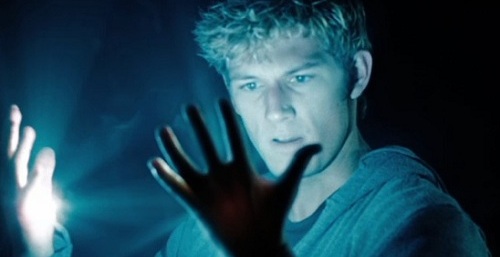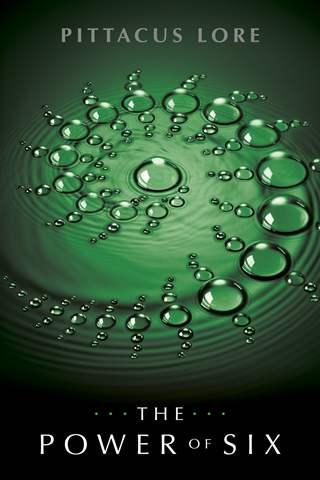As the follow-up to the 2010 New York Times bestseller I Am Number Four (made into a 2011 movie starring Alex Pettyfer), The Power of Six has a reputation of otherworldly proportions to live up to. And with a gripping, fast-paced plot and genuinely fascinating glimpses into a highly-advanced society far removed from our own, it clearly stands up to the legacy of its predecessor.
For newcomers to the series, here’s a quick summary of the premise: when their home planet is invaded by another alien race, the Mogadorians, the entire Loric race is wiped out except for 9 children with latent special powers, called the Garde, and their 9 Cêpan, or mentors, who flee to Earth. Relentlessly pursued by the Mogadorians, the Garde are numbered from 1 through 9 and are protected by a charm that prevents them from being killed out of order. By the time I Am Number Four begins, 3 have already been killed, leaving Number Four (alias John Smith) vulnerable.
The Power of Six focuses on Seven (alias Marina) and her Cêpan Adelina, who’ve managed to find shelter at a convent in Spain after their ship landed on Earth. As Seven struggles to discover her Legacies and find a way to fight back against the Mogadorians, she finds her greatest adversary in Adelina, who’s been lulled into doubting her mission and turning her back on the Lorien prophecy by long years of peace and stability within the cloisters.

A parallel narrative follows Four’s life on the run after the death of his Cêpan, Henri, in the first instalment of the Lorien Legacies series. Accompanied by his human best friend Sam Goode and another member of the Garde, Six, he has to juggle keeping the police off their trail, honing his combat prowess, and dealing with his feelings for his girlfriend Sarah – and his deepening crush on Six.

With such an out-of-the-world premise, it’s no wonder the novel scores high on suspense and intrigue. From car chases and sinister stalkers to battles with bizarre, grotesque monsters and, of course, the vicious Mogadorians who haunt the Loriens’ dreams, The Power of Six is tautly plotted and wonderfully readable. It’s clear the writers – James Frey and Jobie Hughes, under the pseudonym Pittacus Lore (one of the elders of the Lorien civilisation) – are masters of creating and sustaining a reader’s interest.
Where it falls flat, unfortunately, is in characterisation. Many are 2-dimensional and fit easily into common archetypes – the femme fatale, the religious zealot, and the sidekick who’s constantly overshadowed by the hero. The dialogue feels stilted and unnatural, the love triangle is unconvincing, and character motivations are often left up to your own imagination.
Despite these flaws, The Power of Six is still an enjoyable read, and no matter how little you may care about the characters themselves, their overall fate and the mysteries of their civilisation are more than enough to draw you in. Definitely unmissable for fans of the series, The Power of Six will probably make you one too.

